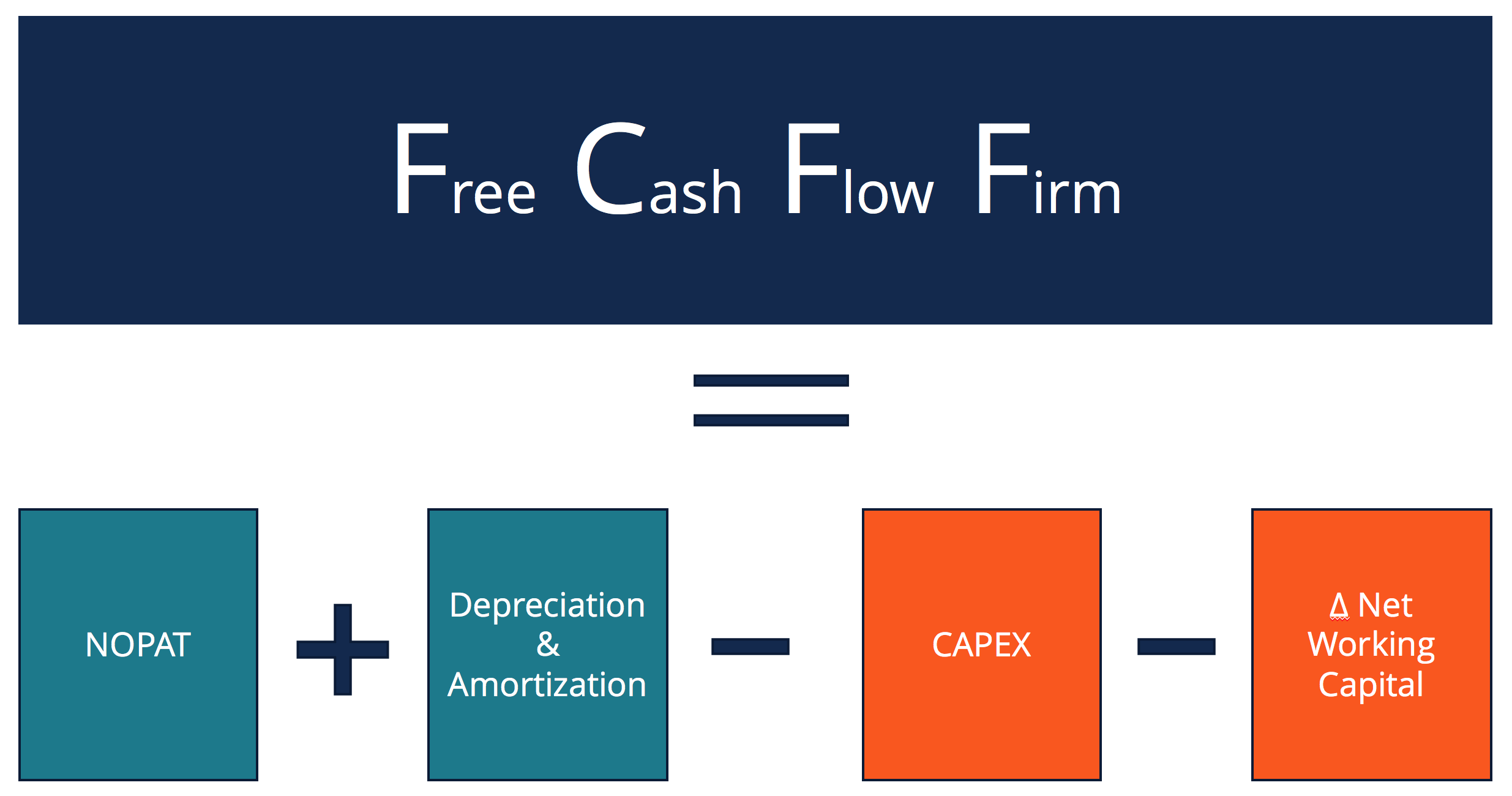

For a successful outcome, it must always be kept in mind that this phase requires a strong vision and a competent estimator and economic specialists. Finally, the interest rate is calculated from the revenue and compared with the owner's value and the decision will be made based on the outcome. All the pertinent documents will be sealed and kept confidential, so as to keep them away from any competitors. Therefore the owner or the main partner is usually involved in the details of the feasibility study and has his economic team working on it. In the end, the owner is searching for the most profitable option. The economic analysis is the main method for evaluating and comparing between different project alternatives.

The cost will also vary, as it depends on the country's laws and regulations. These are the general types to consider and the types are different from one country to another. There are several types of taxes, such as production taxes, sales taxes, property taxes, state or region income taxes, and corporate income taxes. The cost of taxes should be considered during estimation of the net cash flow. The value of the taxes varies by project, based on the country location. The indirect expenses include management salaries, computers, desks, and other usable equipment during project implementation. Operating expense (OPEX), which refers to the direct expense during operations, such as the cost of the workover or other activities, has a direct impact on the production. Revenue is a direct function of the volume of yearly production multiplied by the gas or oil price. NCF = revenue − OPEX + indirect expenses + overhead + taxes + depreciation


 0 kommentar(er)
0 kommentar(er)
